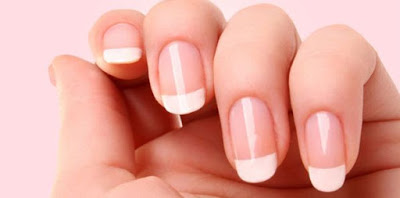2024 (8)
All About Nails

Your nails are made of keratin. Keratin is a type of protein that forms the cells that make up the tissue in nails and other parts of your body. Keratin plays an important role in nail health. It protects nails from damage by making them strong and resilient. Keratin forms the cells of your hair and skin, too. It also forms cells that are a key part of many glands and that line internal organs.
Your visible nails are dead. Nails start growing under your skin. As new cells grow, they push old ones through your skin. The part you can see consists of dead cells. That's why it doesn't hurt to cut your nails. But they need blood flow to grow out and create the "nail". Tiny blood vessels, called capillaries, sit under the nail bed. Blood flowing through the capillaries helps nails grow and gives them their pinkish color.
Fingernails grow about 3.5 millimeters each month. Toenails grow about 1.5 millimeters per month. Those are the averages for healthy adults. Whether you're getting proper nutrition and how well you take care of your nails can affect the growth rate. Men's nails grow faster. Their hair grows faster than women's, too. The one exception is during pregnancy, when a woman's nails and hair might grow faster than a man's. The fingernails on your dominant hand grow faster. If you're right-handed, you might've noticed the nails on that hand grow faster than on your left and vice versa. This could be because that hand is more active.
The seasons influence growth. Nails grow faster in summer than in winter. Not much research has been done about why this happens, but one study involving rats found that cold weather stunted their nail growth.
How much you use your hands affects growth, too. Using your hands a lot makes your nails more prone to minor trauma from things like tapping them on a table or using a keyboard. This promotes blood circulation in your hands, stimulating nail growth.
Your nail color can change according to your health. About 10 percent of all dermatological conditions are nail-related. Yellow, brown, or green nails usually mean you have a fungal infection. In some cases, yellow nails are a symptom of a thyroid condition, psoriasis, or diabetes.
You really do need to let your nails "breathe". To keep nails healthy, take breaks from using polish or having artificial nails. Using and removing these products can be hard on your nails, so taking a break from them helps nails repair themselves.
Cuticles do have a purpose. This small sliver of skin at the base of your nail protects the new nail from germs as it grows through your skin. You shouldn't cut your cuticles. Doing so removes the important barrier that helps prevent infection.
